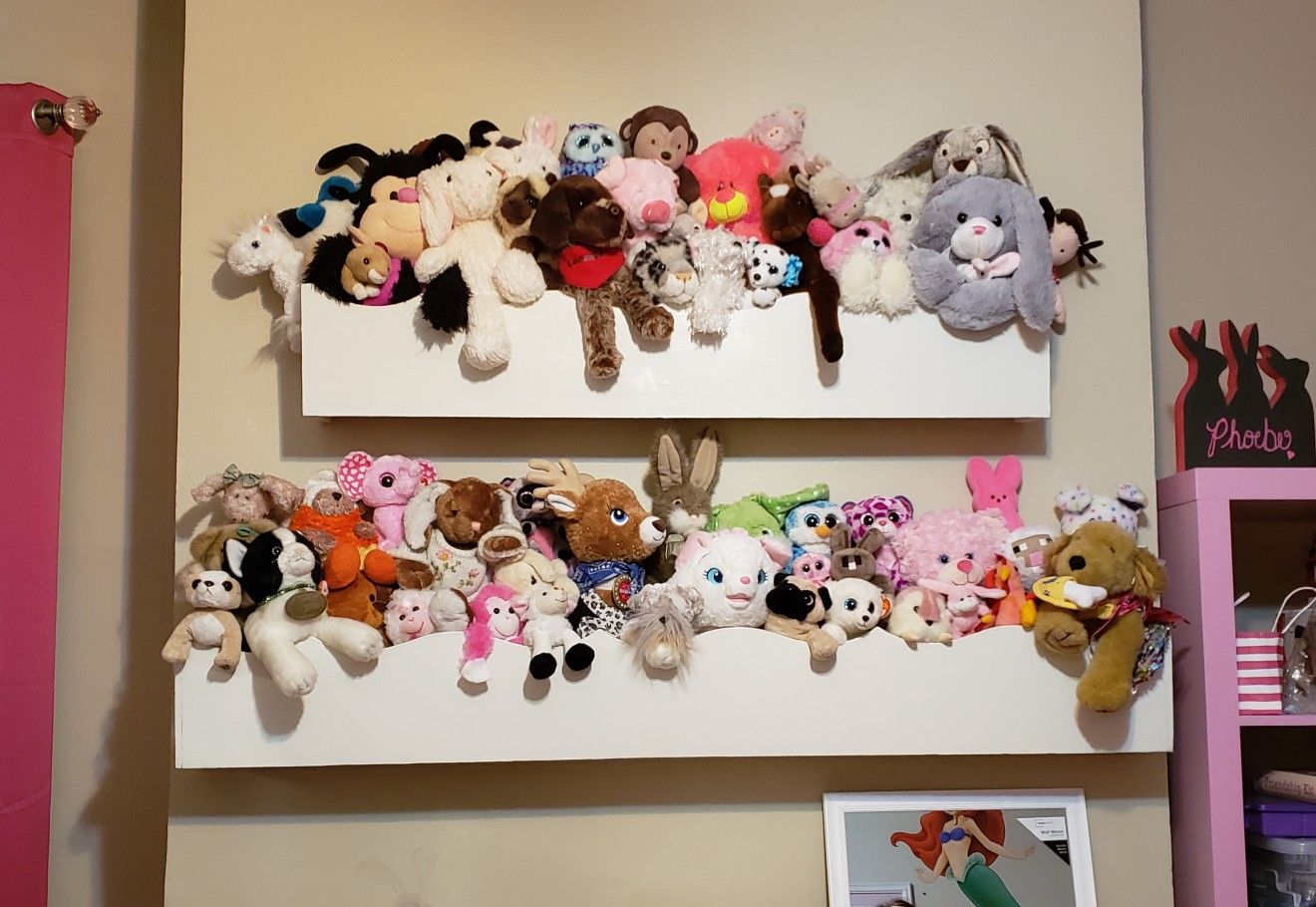

Articles
How To Store Stuffed Animals For Adults
Modified: October 20, 2024
Learn effective storage solutions for adult stuffed animals with these helpful articles. Discover tips and tricks for keeping your collection organized and protected.
(Many of the links in this article redirect to a specific reviewed product. Your purchase of these products through affiliate links helps to generate commission for Storables.com, at no extra cost. Learn more)
Introduction
Stuffed animals are not just for children – they can hold a special place in the hearts of adults too. Whether it’s a sentimental memento from childhood or a cherished gift from a loved one, these soft and cuddly companions can bring comfort and joy to individuals of all ages. However, as an adult, finding appropriate storage solutions for your stuffed animals can be a challenge.
In this article, we will explore the various factors to consider when storing stuffed animals as an adult. We will discuss the importance of cleaning and prepping the toys before storage, and delve into different storage options such as closets, storage bins, walls, and shelves. Additionally, we will explore the use of vacuum-sealed bags to save space while preserving the integrity of your stuffed animals.
So, if you’re wondering how to store your beloved stuffed animals without sacrificing space or risking damage, keep reading! We will provide you with practical tips and creative ideas to help you find the perfect storage solution that suits both your needs and aesthetic preferences.
Remember, just because you’re a grown-up doesn’t mean you have to say goodbye to your furry friends. With the right storage techniques, you can keep your stuffed animals safe, accessible, and ready to bring a smile to your face whenever you need them. So, let’s dive in and discover the best ways to store stuffed animals for adults.
Key Takeaways:
- Rediscover the joy of childhood by storing and displaying your beloved stuffed animals with care and creativity. From closets to vacuum-sealed bags, find the perfect storage solution to keep your furry friends safe and accessible.
- Embrace the sentimental value of your stuffed animals as an adult by preserving their condition and finding the ideal storage option. Whether for nostalgia, emotional support, or decorative purposes, these cherished companions deserve thoughtful care.
Read more: How To Organize Stuffed Animals
Why Adults Have Stuffed Animals
Stuffed animals have a special place in the hearts of many adults for various reasons. While some may see them as mere toys, others view them as cherished companions and sources of comfort. Here are a few reasons why adults choose to keep and cherish their stuffed animals:
1. Nostalgia: Stuffed animals often hold sentimental value and evoke feelings of nostalgia from childhood. They remind us of simpler times, filled with innocence and joy. The familiarity and comfort they provide can be a source of emotional support, especially during challenging moments.
2. Emotional Connection: Many adults form deep emotional connections with their stuffed animals. These soft and cuddly toys can provide a sense of security and companionship, particularly during times of loneliness or stress. They can serve as a comforting presence and a source of emotional support, offering a listening ear without judgment.
3. Decorative Purposes: In addition to their emotional significance, stuffed animals can also serve as decorative elements in adult spaces. They add a touch of whimsy and playfulness to home decor, bringing warmth and personality to a room. They can be displayed on shelves, beds, or chairs, adding a unique and personal touch to the overall aesthetic.
4. Collectibles: Many adults are avid collectors of stuffed animals. Whether it’s a particular brand, character, or limited-edition collectible, adults take pride in curating their collections. Stuffed animals can hold monetary value and become valuable investments over time.
5. Stress Relief: Cuddling with a soft and huggable stuffed animal has a calming effect on the body and mind. They can help alleviate stress and anxiety, providing a moment of relaxation and soothing comfort. Holding and squeezing a stuffed animal can release endorphins, the body’s natural feel-good hormones.
6. Reminders of Loved Ones: Stuffed animals are often given as gifts from loved ones, such as partners, family members, or friends. They can act as reminders of special occasions, memories, or the people who hold a special place in our lives. These cherished gifts become mementos that carry emotional significance and sentimental value.
While stuffed animals are often associated with childhood, they can continue to hold a special place in the hearts of adults. Whether for emotional support, decorative purposes, or sheer nostalgia, these beloved companions play an important role in the lives of many adults. So, it’s no wonder that finding suitable storage options for these treasured possessions is crucial for adult stuffed animal enthusiasts.
Factors to Consider Before Storage
Before jumping into the various storage solutions for your stuffed animals, there are a few important factors that you should consider. These factors will help ensure that your beloved plush toys remain in good condition and are easily accessible whenever you need them. Here are some key factors to keep in mind before storing your stuffed animals:
1. Size and Quantity: Assess the size and quantity of your stuffed animals. If you have a large collection, you may need to consider storage options that can accommodate the volume of toys you have. Similarly, if you have oversized or uniquely shaped stuffed animals, you’ll need to find storage solutions that can accommodate their dimensions without compromising their shape or integrity.
2. Accessibility: Think about how easily you want to access your stuffed animals. If you frequently rotate or interact with them, you’ll want to choose storage solutions that allow for easy retrieval. On the other hand, if you only display them for decorative purposes, you may prioritize storage solutions that keep them easily visible but out of the way.
3. Preservation: Consider the longevity and preservation of your stuffed animals. If they are valuable or hold sentimental value, you’ll want to prioritize storage solutions that protect them from dust, sunlight, and other potential sources of damage. Additionally, think about the materials used in your stuffed animals and whether specific storage methods, such as hanging or vacuum-sealing, are suitable and won’t cause any harm.
4. Space available: Evaluate the space you have available for storing your stuffed animals. Do you have a dedicated closet or storage room? Or are you looking for solutions that can seamlessly integrate into your existing living space? Keep in mind the dimensions and layout of your space when choosing storage options that can maximize the use of available room without overcrowding.
5. Aesthetics and Personal Preference: Consider your personal style and preferences when it comes to storage solutions. Do you prefer a clean and minimalist look? Or are you drawn to more creative and visually appealing displays? Finding storage options that align with your aesthetic preferences will ensure that your stuffed animals add to the overall ambiance of your living space.
By taking these factors into consideration, you can make informed decisions about the most suitable storage solutions for your stuffed animals. Whether you prioritize accessibility, preservation, or aesthetics, these considerations will help guide you in finding the best ways to store and showcase your beloved plush companions.
Cleaning and Prepping Stuffed Animals
Before storing your stuffed animals, it is crucial to clean and prepare them properly. Over time, dust, dirt, and allergens can accumulate on the surface of these plush toys, potentially causing damage and health concerns. Here are some steps you can take to clean and prep your stuffed animals for storage:
1. Read the Care Instructions: Start by checking the care instructions on the tags or labels attached to your stuffed animals. Different materials and designs may require specific cleaning methods. Follow the manufacturer’s guidelines to ensure that you clean your toys without causing any damage.
2. Surface Cleaning: Begin by gently brushing the surface of your stuffed animals with a soft brush or lint roller. This will help remove loose dust, dirt, and hair. Pay special attention to areas with fur, such as the face, paws, and tail. If there are any stains or spots, spot clean them using a mild soap or detergent and a soft cloth.
3. Machine Washing: If your stuffed animals are machine washable, place them in a pillowcase or laundry bag to protect them during the wash cycle. Use a gentle or delicate cycle, and opt for cold water to prevent any potential damage. Use a mild detergent specifically designed for delicate fabrics, and avoid using bleach or harsh chemicals.
4. Hand Washing: If your stuffed animals are not suitable for machine washing or if they have delicate embellishments, hand washing is the best option. Fill a basin or sink with lukewarm water and a small amount of gentle detergent. Gently submerge the toy and use your hands to agitate the water to remove dirt and grime. Rinse thoroughly, ensuring all soap residue is gone.
5. Drying: After washing, gently squeeze out excess water from the stuffed animals without wringing or twisting them. To help maintain their shape, reshape the toys while they are still damp. Allow them to air dry completely in a well-ventilated area away from direct sunlight or heat sources. Placing them near a fan can expedite the drying process.
6. Sanitizing: If you have concerns about allergens or potential bacterial growth, you may consider sanitizing your stuffed animals before storage. Using an appropriate sanitizing spray or fabric-safe disinfectant, lightly spray the surface of the toys and allow them to air dry. Be sure to follow the instructions on the product for safe and effective use.
By thoroughly cleaning and prepping your stuffed animals, you ensure that they are fresh, hygienic, and ready for storage. Proper cleaning techniques extend the lifespan of your toys and prevent any potential issues such as musty odors or deterioration. Once your stuffed animals are cleaned and prepped, you can confidently move on to finding the perfect storage solutions for them.
Storage Solutions for Stuffed Animals
When it comes to storing your stuffed animals, there are several creative and practical solutions available. The choice of storage solution will depend on your preferences, available space, and the size of your collection. Here are some storage options to consider:
1. Storing Stuffed Animals in a Closet: If you have a dedicated closet or storage space, this can be an ideal solution. Use hanging organizers with pockets or shelves to keep your stuffed animals organized and easily accessible. You can also install hooks or rods to hang larger stuffed animals or utilize hanging storage nets to keep them off the floor.
2. Using Storage Bins for Stuffed Animals: Storage bins or containers are an excellent option for keeping your stuffed animals neatly tucked away. Opt for clear bins to easily identify the contents without having to open each one. Label the bins to categorize your collection and make it easier to locate specific toys when needed. Stack the bins to maximize vertical space.
3. Hanging Stuffed Animals on a Wall: For a unique and visually appealing storage solution, consider hanging stuffed animals on a wall. Install hooks or pegs at various heights and hang your plush companions by their arms, legs, or loops. This not only saves floor space but also creates an eye-catching display.
4. Displaying Stuffed Animals on Shelves: If you want to showcase your stuffed animals while keeping them organized, shelves are a great option. Choose wall-mounted shelves or freestanding shelves with different levels to create a tiered display. Arrange your stuffed animals on the shelves, mixing sizes and colors for an attractive arrangement.
5. Storing Stuffed Animals in Vacuum-Sealed Bags: If space is a concern, vacuum-sealed bags can help compress your stuffed animals while preserving their condition. Place the toys inside the bags, remove the air using a vacuum cleaner, and seal the bags tightly. This method saves space and protects the toys from dust, pests, and moisture.
6. Incorporating Stuffed Animals in Furniture: Consider incorporating your stuffed animals into furniture pieces to both store and display them. For example, some ottomans or bean bags include storage compartments where you can store your plush toys. This way, your stuffed animals become part of your functional furniture.
Remember to consider your personal preferences, available space, and the number of stuffed animals you have when choosing a storage solution. Consider both practicality and aesthetics to find a solution that fits your needs and enhances the visual appeal of your living space. With the right storage solution, you can keep your cherished stuffed animals safe, organized, and easily accessible whenever you want to snuggle or display them.
Storing Stuffed Animals in a Closet
If you have a closet or dedicated storage space, it can be an excellent option for storing your stuffed animals. By utilizing the available vertical space and organizing tools, you can keep your plush toys neatly tucked away and easily accessible when you need them. Here are some tips for storing stuffed animals in a closet:
1. Clean and Prep: Before storing your stuffed animals, make sure to clean and prep them as mentioned in the previous section. This will ensure that the toys are fresh, hygienic, and ready for storage.
2. Hanging Organizers: Hanging organizers with pockets are a fantastic way to store stuffed animals in a closet. They allow you to utilize the vertical space and keep your plush toys organized. Hang the organizer on the closet rod, and place each stuffed animal in its own pocket, making it easy to see and access them.
3. Shelves and Cubbies: If you have shelves or cubbies in your closet, utilize them to neatly arrange your stuffed animals. You can designate specific shelves for different sizes or categories of plush toys. Place smaller stuffed animals on the top shelves and larger ones on the bottom to create a visually pleasing arrangement.
4. Hanging Storage Nets: Another option is to hang storage nets from the closet ceiling or walls. These nets provide a convenient solution for storing larger stuffed animals that may not fit in pockets or cubbies. Secure the nets tightly and make sure they are sturdy enough to support the weight of the toys.
5. Hooks and Rods: Install hooks or rods in your closet to hang larger stuffed animals that may not fit in pockets or cubbies. Attach plush toys by their arms, legs, or loops, making sure they are secure and don’t slide off. Adjust the height of the hooks or rods to accommodate different sizes of stuffed animals.
6. Labeling and Categorizing: To keep track of your stuffed animals, consider labeling and categorizing them within the closet. Label each section or pocket based on themes, characters, or sizes. This way, you can easily find a specific plush toy when you need it without rummaging through the entire collection.
7. Rotation System: If you have a large collection of stuffed animals but limited closet space, consider implementing a rotation system. Store some toys in the closet while keeping others in a separate storage area. Every few months, swap out the displayed toys with the ones in storage to keep your collection fresh and exciting.
Remember to keep your closet clean, well-ventilated, and protected from pests or moisture. Regularly check for any signs of damage or deterioration to ensure the long-term preservation of your stuffed animals. With a well-organized closet, you can keep your cherished plush toys in excellent condition while maximizing the use of your available space.
Store stuffed animals for adults by using clear plastic bins with lids to keep them clean and organized. Label the bins for easy identification and stack them in a closet or under the bed to save space.
Using Storage Bins for Stuffed Animals
Storage bins or containers are a practical and versatile solution for organizing and storing your stuffed animals. They help keep your plush toys neatly organized and protected from dust, while also maximizing space and allowing for easy access when needed. Here are some tips for using storage bins effectively for your stuffed animals:
1. Choose the Right Size: Select storage bins that are appropriate for the size of your stuffed animals. Large, clear plastic bins are ideal, as they provide ample space and allow you to easily see the contents without the need to open each bin. Consider the dimensions and volume of your plush toys to determine the number and size of bins you’ll need.
2. Label and Categorize: To make it easier to locate specific stuffed animals, label each bin with a category or theme. You can use adhesive labels or write directly on the bins with a marker. Categorize your plush toys based on character, size, or any other system that works for you. This way, you can quickly find the desired toy without having to search through each bin.
3. Utilize Vertical Space: Make the most of the available vertical space by stacking the storage bins. Ensure that the bottom bins are sturdy enough to support the weight of the ones on top. Place heavier or larger stuffed animals at the bottom and lighter ones on top to maintain stability. Avoid overfilling the bins, as it can cause the toys to lose their shape.
4. Protect from Dust: Dust can accumulate on stuffed animals, so it’s essential to keep them in protective containers. Opt for storage bins with lids to prevent dust from settling on the toys. Ensure the lids fit tightly to provide maximum protection. If the bins you choose do not have lids, consider covering them with a clean cloth or plastic wrap to keep out dust.
5. Temperature and Humidity: Keep in mind the temperature and humidity levels in the storage area. Extreme temperature fluctuations or high humidity can potentially damage the plush toys. Choose a storage location that is dry and maintains a relatively stable temperature. Avoid areas prone to moisture, such as basements or attics.
6. Accessibility: If you want to frequently access and rotate your stuffed animals, consider using clear storage bins or containers with front-opening panels. This allows for easy visibility and retrieval of specific toys without having to remove everything from the bin. Front-opening bins also make it easier to put the toys back in their designated places.
7. Preserve Shape and Integrity: When packing stuffed animals in storage bins, be mindful of their shape and integrity. Avoid cramming too many toys into one bin or placing heavy items on top, as this can deform or flatten their shape. Consider using soft filler materials, such as tissue paper or bubble wrap, to help maintain the toys’ shape and prevent any compression.
Using storage bins for your stuffed animals is an efficient way to keep them organized, protected, and easily accessible. With proper labeling, categorization, and attention to the preservation of their shape, your plush toys can be stored safely while ensuring they remain in good condition for years to come.
Hanging Stuffed Animals on a Wall
For a unique and visually appealing storage solution, consider hanging your stuffed animals on a wall. This method not only saves floor space but also creates an eye-catching display. Here are some tips for hanging stuffed animals on a wall:
1. Assess the Wall: Before hanging your stuffed animals, assess the wall where you plan to display them. Make sure the wall is strong enough to support the weight of the toys. Solid walls, such as those made of drywall or wood, are ideal for this purpose. Avoid walls with wallpaper or delicate surfaces that may be damaged by hanging hooks.
2. Install Hooks or Pegs: Choose a suitable location on the wall and install hooks or pegs to hang your stuffed animals. These hooks or pegs should be sturdy enough to bear the weight of the toys. Depending on the size and weight of your plush companions, you may need to use different types of hooks, such as adhesive hooks or nails.
3. Positioning: Decide on the positioning of the stuffed animals based on their size, shape, and visual appeal. You can create a symmetrical arrangement by evenly spacing the toys or arrange them in a more random fashion for an eclectic look. Consider mixing different sizes and types of stuffed animals for an interesting display.
4. Hanging Techniques: There are several ways to hang stuffed animals on hooks or pegs. You can hang them by their arms, legs, or loops if they have one. For toys without such features, you can sew a ribbon or string securely onto the toy and use that to hang them. Ensure that the attachments are strong enough to hold the weight of the stuffed animals.
5. Arrange and Adjust: Once the stuffed animals are hung on the wall, step back and assess the arrangement. Make any necessary adjustments in terms of spacing, height, or position until you achieve the desired aesthetic. Experiment with different layouts and rearrangements to create an attractive and visually pleasing display.
6. Combine with Wall Decor: Consider combining your hanging stuffed animals with other wall decor elements. This can include artwork, mirrors, or shelves. Integrate the stuffed animals into an existing gallery wall or create a dedicated section where the toys become the focal point. This integration can add depth and visual interest to your overall decor.
7. Regular Maintenance: Keep your hanging stuffed animals looking their best by regularly dusting them. Gently dust the toys and spot clean as needed to maintain their cleanliness. It is also important to periodically check the hooks or pegs to ensure they are securely in place.
Hanging stuffed animals on a wall not only provides a clever storage solution but also serves as a unique and playful decorative element. With proper installation and arrangement, your stuffed animals will become a delightful visual display that adds personality and charm to your space.
Displaying Stuffed Animals on Shelves
If you’re looking for a storage solution that allows you to showcase your stuffed animals while keeping them organized, displaying them on shelves is a fantastic option. By utilizing shelves, you can create an attractive arrangement that adds personality and charm to your living space. Here are some tips for displaying stuffed animals on shelves:
1. Choose Appropriate Shelves: Select shelves that match your decor style and accommodate the size and quantity of your stuffed animals. Floating shelves, cube shelves, or wall-mounted shelves are great choices. Ensure that the shelves are sturdy enough to support the weight of the toys.
2. Vary the Heights: To create visual interest, vary the heights of the stuffed animals on the shelves. Place taller toys at the back and shorter ones towards the front to create depth. This adds a dynamic look to the display and prevents the stuffed animals from looking too uniform.
3. Mix Sizes and Types: Incorporate a mix of different sizes and types of stuffed animals to create a visually appealing arrangement. Mix large and small toys, as well as different characters or animals. This adds diversity and keeps the display interesting.
4. Organize by Theme or Color: Consider organizing your stuffed animals on the shelves by theme or color. Group similar characters or animals together, creating a cohesive look. Alternatively, arrange them by color, creating a rainbow effect. This method adds visual appeal and makes it easy to locate specific toys.
5. Utilize Props and Accessories: Enhance the display of your stuffed animals by incorporating props and accessories. Add small decorative items like plants, books, or figurines that complement the theme or story of your plush toys. Be mindful not to overcrowd the shelves; instead, select a few key pieces that enhance the overall aesthetic.
6. Rotate and Refresh: Keep the display interesting by rotating and refreshing the stuffed animals. Swap out toys periodically, giving different ones the opportunity to be showcased. This keeps the display fresh, prevents the toys from becoming dusty, and allows you to enjoy your entire collection.
7. Proper Spacing: Ensure that there is enough spacing between each stuffed animal on the shelves. This prevents the toys from looking cramped or cluttered. Give each toy its own area to stand out and be appreciated.
8. Regular Maintenance: Dust and clean the stuffed animals regularly to keep them looking their best. Gently brush off any loose dirt or dust and spot clean as needed. Take the opportunity to rearrange or reposition the toys, refreshing the overall look.
Displaying stuffed animals on shelves not only provides a practical storage solution but also adds character and charm to your living space. With thoughtful arrangement, proper spacing, and regular maintenance, your stuffed animals will become delightful decorative elements that bring joy to your home.
Read more: How To Hang A Stuffed Animal Hammock
Storing Stuffed Animals in Vacuum-Sealed Bags
If you’re looking to save space while preserving the condition of your stuffed animals, storing them in vacuum-sealed bags can be an effective solution. Vacuum-sealed bags not only compress the toys, but they also protect them from dust, pests, and moisture. Here are some tips for storing stuffed animals in vacuum-sealed bags:
1. Clean and Prep: Before placing your stuffed animals in vacuum-sealed bags, make sure they are clean and dry. Follow the cleaning and prepping steps mentioned earlier to remove any dust, dirt, or stains. Ensure the toys are completely dry to prevent mold or mildew inside the sealed bags.
2. Select Appropriate Bags: Choose vacuum-sealed bags that are large enough to fit your stuffed animals comfortably. Opt for bags made of durable, thick plastic that can withstand the compression process. Clear bags are preferable as they allow you to see the contents without opening them.
3. Packing the Bags: Start by placing one or a few stuffed animals inside each bag, depending on their size and fluffiness. Avoid overstuffing the bags, as it can damage the toys or make them lose their shape. Leave enough room for the air to escape during the vacuuming process.
4. Seal the Bags: Once the stuffed animals are inside the bags, ensure that the bags are properly sealed. Some vacuum-sealed bags come with built-in zip seals, while others require the use of a vacuum sealer or air pump. Follow the manufacturer’s instructions for sealing the bags tightly.
5. Vacuum the Air: Use a vacuum cleaner, air pump, or handheld air compressor to remove the air from the bags. Start by pressing down on the bag to create a seal, then use the vacuum or air pump to suck out the air. Continue until the bag is tightly compressed around the stuffed animals.
6. Storage Location: Find a suitable storage location for the vacuum-sealed bags. Ensure the area is clean, dry, and free from pests. Avoid storing the bags in areas prone to extreme temperature fluctuations or high humidity, as it may impact the condition of the toys.
7. Safety Precautions: It’s important to note that while vacuum-sealed bags can save space and protect your stuffed animals, they are not suitable for all types of toys. Avoid using this method for stuffed animals with delicate embellishments, electronic components, or fragile materials. Use your judgment and consider the fragility of each toy before deciding to vacuum-seal them.
8. Opening the Bags: When you want to retrieve a stuffed animal from a vacuum-sealed bag, be cautious when opening it. Use scissors or a knife to carefully cut the seal without damaging the toys inside. Allow the bag to expand gradually, as the air rushes back in.
Storing stuffed animals in vacuum-sealed bags is an excellent option to save space and protect your plush companions. Follow these tips, and you’ll be able to store your stuffed animals efficiently while ensuring they remain in excellent condition until you’re ready to bring them out for snuggles or display.
Preventing Damage and Maintaining Stuffed Animals
To ensure the longevity and preservation of your stuffed animals, it’s important to take steps to prevent damage and implement proper maintenance practices. By caring for your plush toys, you can keep them looking their best and enjoy them for years to come. Here are some essential tips for preventing damage and maintaining stuffed animals:
1. Regular Cleaning: Regularly clean your stuffed animals to remove dust, dirt, and allergens that can accumulate on their surfaces. Use a soft brush or lint roller to gently brush off loose particles. Spot clean any stains or spots using a mild soap or detergent and a soft cloth. Follow the manufacturer’s guidelines for cleaning to prevent any damage.
2. Avoid Excessive Sunlight: Direct sunlight can cause the colors of stuffed animals to fade and their fabric to deteriorate over time. Keep your plush toys away from windows or areas exposed to direct sunlight. If you want to display them near a window, make sure to use UV-blocking curtains or blinds to protect them from harmful rays.
3. Prevent Moisture: Keep your stuffed animals away from areas with high humidity or moisture levels, as this can lead to mold or mildew growth. Avoid storing them in basements, attics, or other damp areas. If your toys accidentally become damp, ensure they are completely dry before storing them to prevent the growth of mold.
4. Store in a Clean Environment: When storing your stuffed animals, make sure the environment is clean and free from pests. Avoid areas where bugs or rodents can access them. Regularly check the storage space for any signs of pests and take appropriate measures to eliminate them if necessary.
5. Avoid Rough Play: Although stuffed animals are designed to be cuddly and durable, rough play can lead to damage. Encourage gentle handling of plush toys, especially by children, to prevent tearing, stretching, or breaking of seams. Teach kids to avoid pulling on loose threads or stuffing.
6. Repair Damaged Stuffed Animals: If your stuffed animals sustain any damage, such as a tear or a loose seam, it’s important to repair them promptly. Use needle and thread or fabric adhesive to mend any tears or loose parts. Reinforce weak areas to prevent further damage.
7. Rotate and Air Out: If you have a large collection of stuffed animals, periodically rotate and air them out. This helps prevent flattened areas and allows the toys to regain their shape. Take them out of storage, fluff them up, and let them air out for a while before returning them to their storage location.
8. Be Mindful of Decorative Items: If you display your stuffed animals alongside other decorative items, be cautious of any elements that could cause damage. Avoid placing them near candles, sharp objects, or items that may stain or snag the fabric.
By following these preventive measures and taking proper care of your stuffed animals, you can maintain their appearance and functionality. Regular cleaning, protection from sunlight and moisture, gentle handling, and timely repairs will ensure that your beloved plush companions stay in excellent condition for many years to come.
Conclusion
Storing and maintaining stuffed animals as an adult requires careful consideration to ensure the preservation of these cherished toys. By following the tips and recommendations provided in this article, you can find the perfect storage solutions that suit your needs while keeping your stuffed animals safe, organized, and accessible.
From cleaning and prepping the toys before storage to exploring various storage options such as closets, storage bins, walls, shelves, and vacuum-sealed bags, there are numerous ways to store your plush companions. Each option has its benefits, allowing you to choose based on available space, accessibility, and personal preference.
When storing your stuffed animals, it is essential to prevent damage and preserve their condition. Regular cleaning, protection from excessive sunlight and moisture, and gentle handling are key to maintaining the longevity of your plush toys. By being mindful of the environment in which they are stored and avoiding rough play, you can ensure their continued enjoyment for years to come.
Whether you choose to display your stuffed animals prominently on shelves, create a playful wall arrangement, or keep them neatly tucked away in storage bins, finding the right storage solution adds a personal touch to your living space. Take the time to organize, categorize, and rotate your collection to keep it fresh and visually appealing.
Remember, as an adult, there are many reasons why you may choose to hold onto your stuffed animals. They evoke nostalgia, offer emotional support, serve as decorative elements, and even act as reminders of loved ones. These soft and cuddly companions bring comfort, joy, and a touch of whimsy to your life.
So, don’t hesitate to invest in proper storage techniques and care for your stuffed animals. With the tips provided in this article, you can ensure they remain vibrant, clean, and ready to bring a smile to your face whenever you need them.
Whether you have a small collection or a room filled with cherished plush toys, the storage solutions and maintenance practices outlined here will help you keep your stuffed animals well-preserved and accessible. Don’t let your love for these furry friends fade away – store them with care, display them proudly, and continue to enjoy the comfort and memories they bring throughout your adult years.
Frequently Asked Questions about How To Store Stuffed Animals For Adults
Was this page helpful?
At Storables.com, we guarantee accurate and reliable information. Our content, validated by Expert Board Contributors, is crafted following stringent Editorial Policies. We're committed to providing you with well-researched, expert-backed insights for all your informational needs.
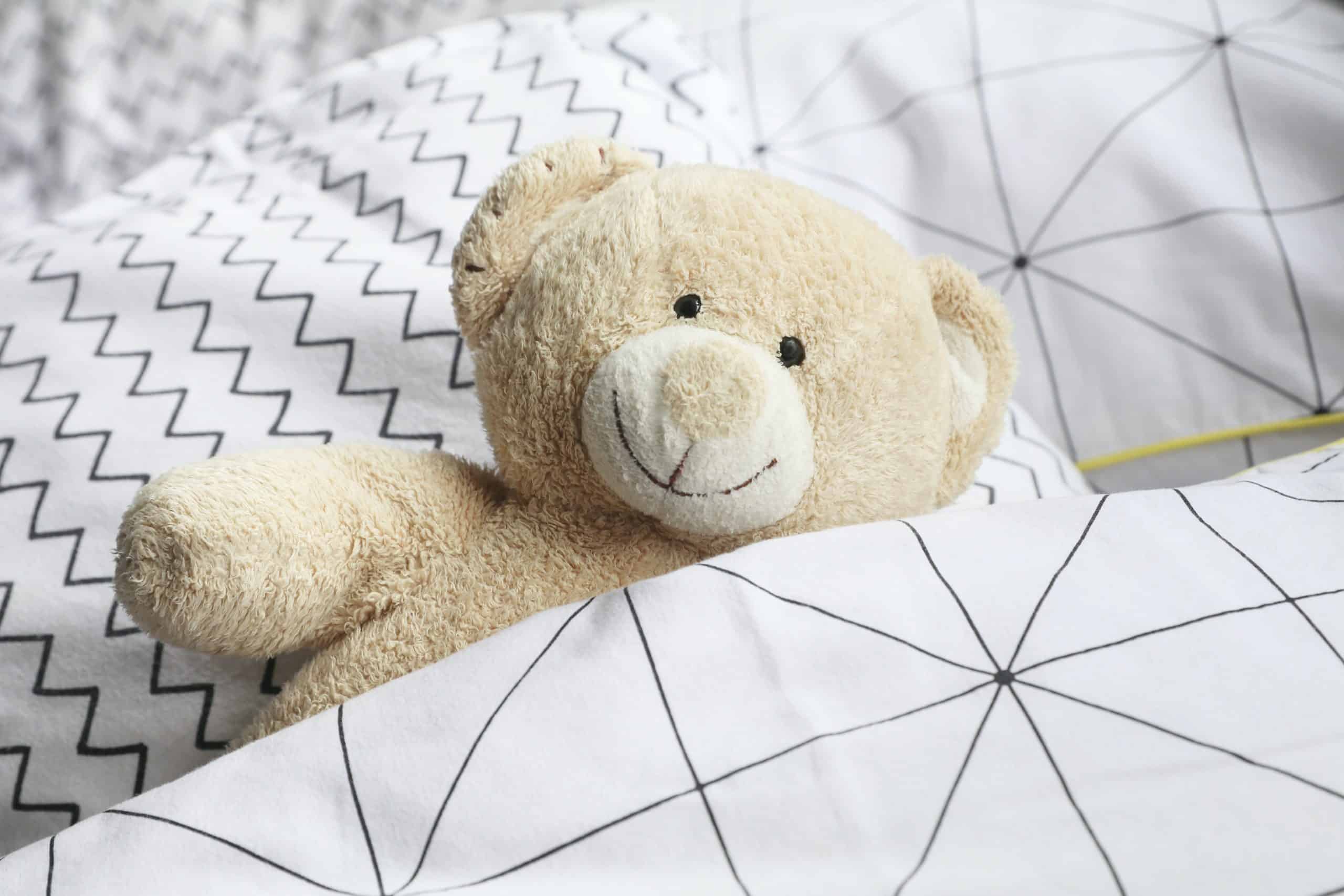
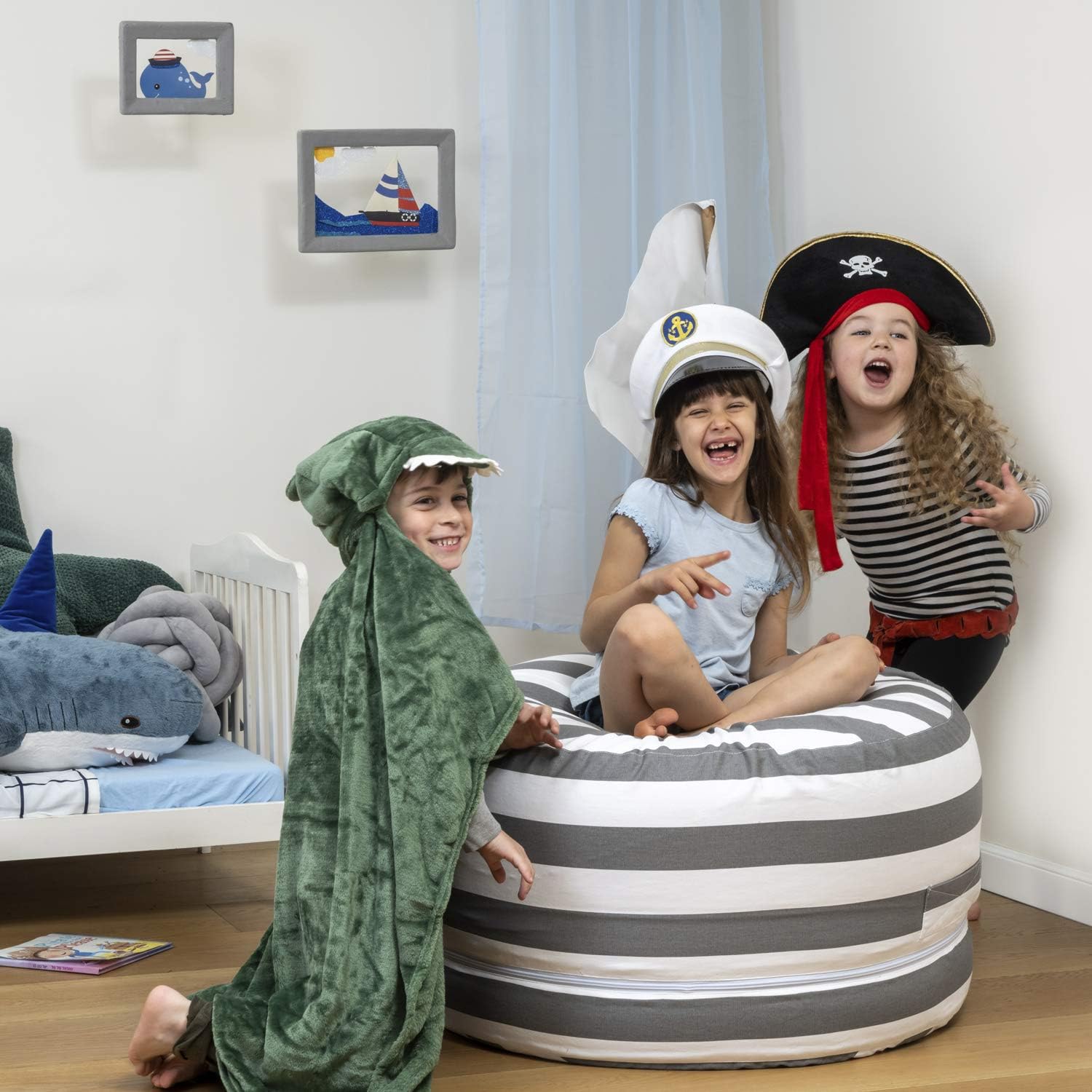
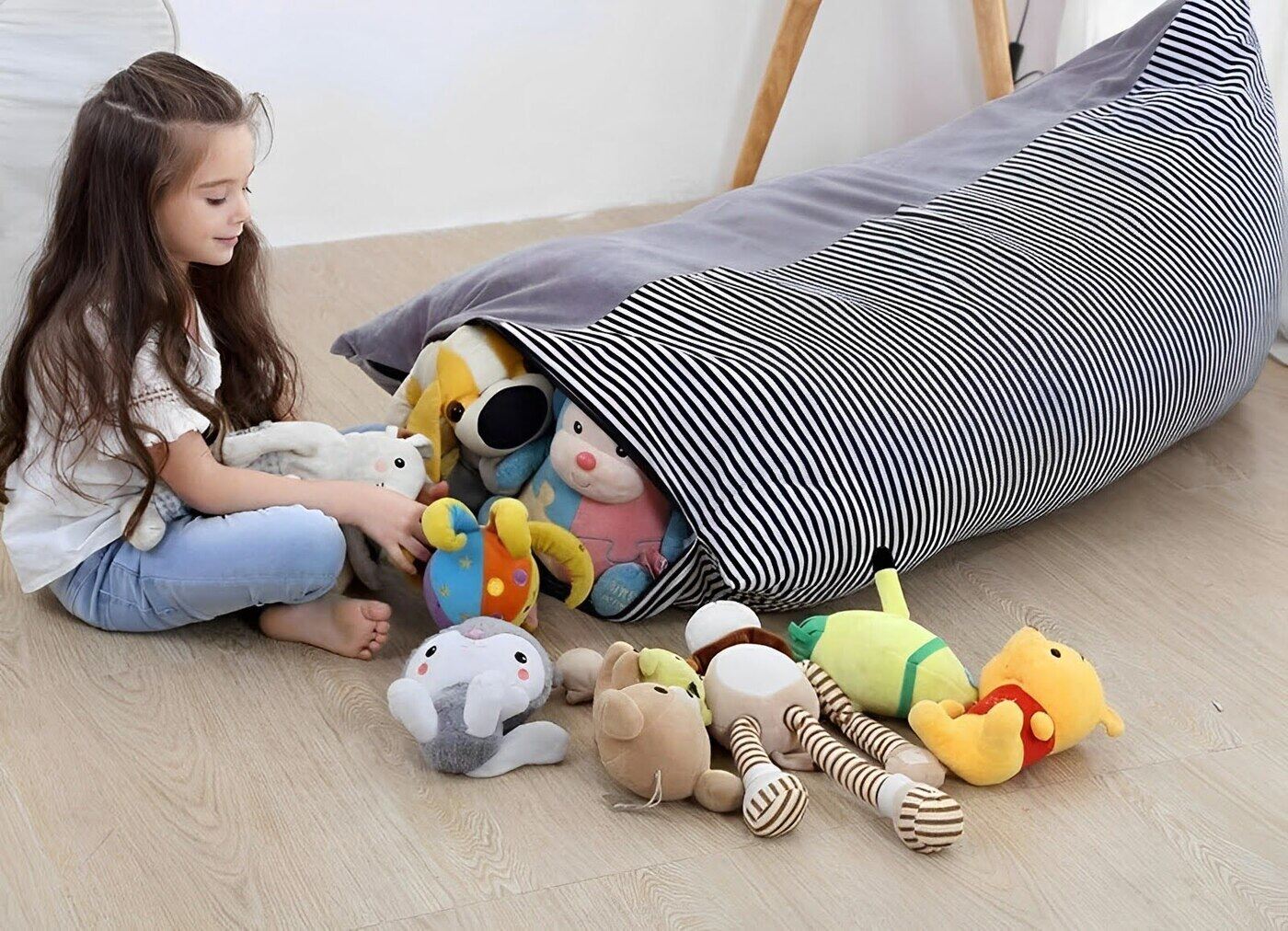
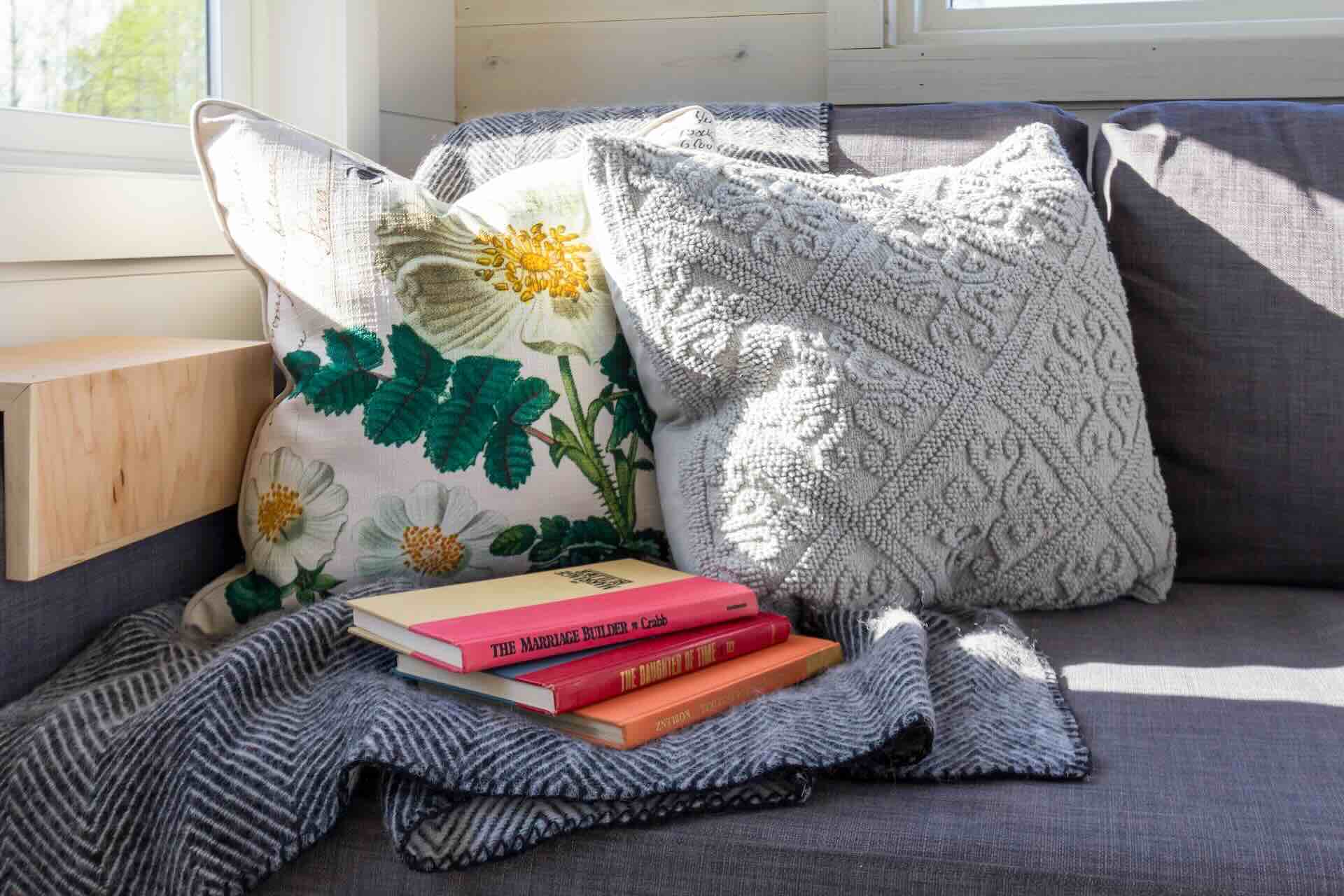
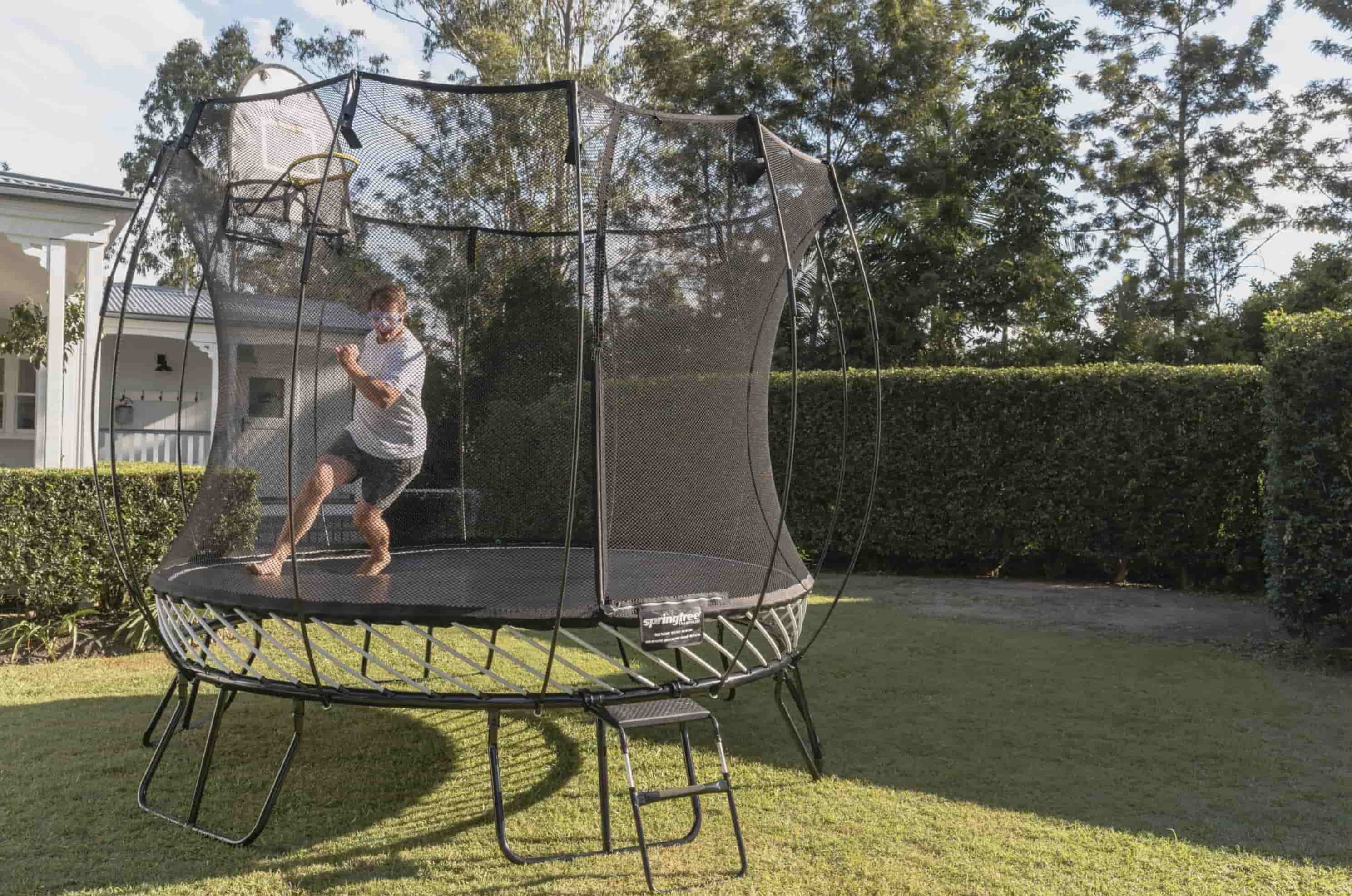
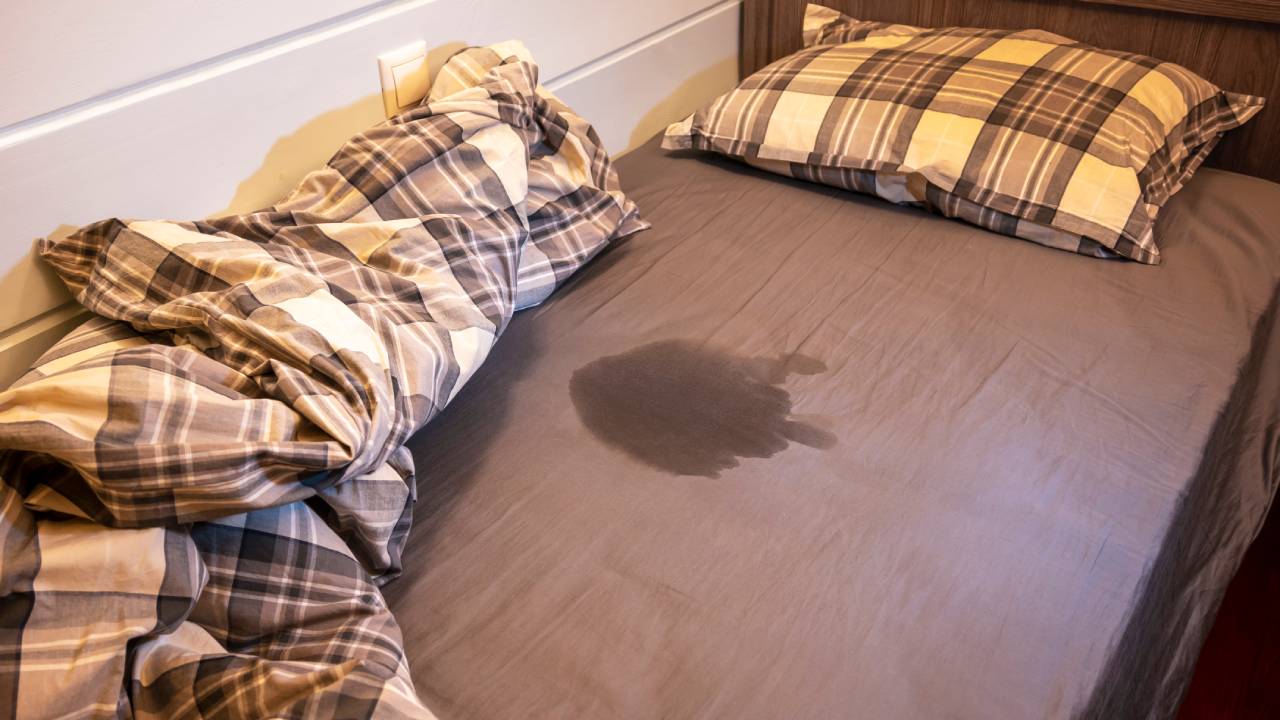
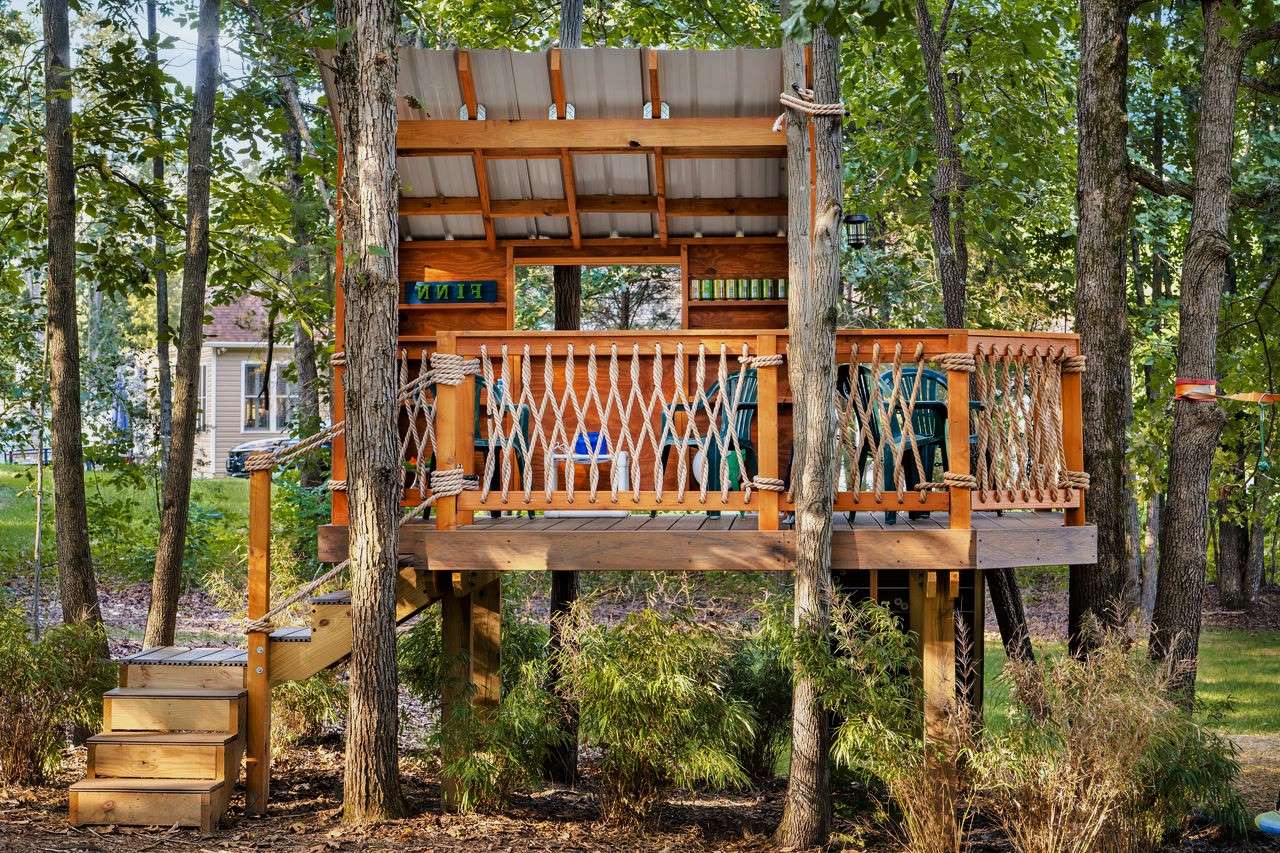
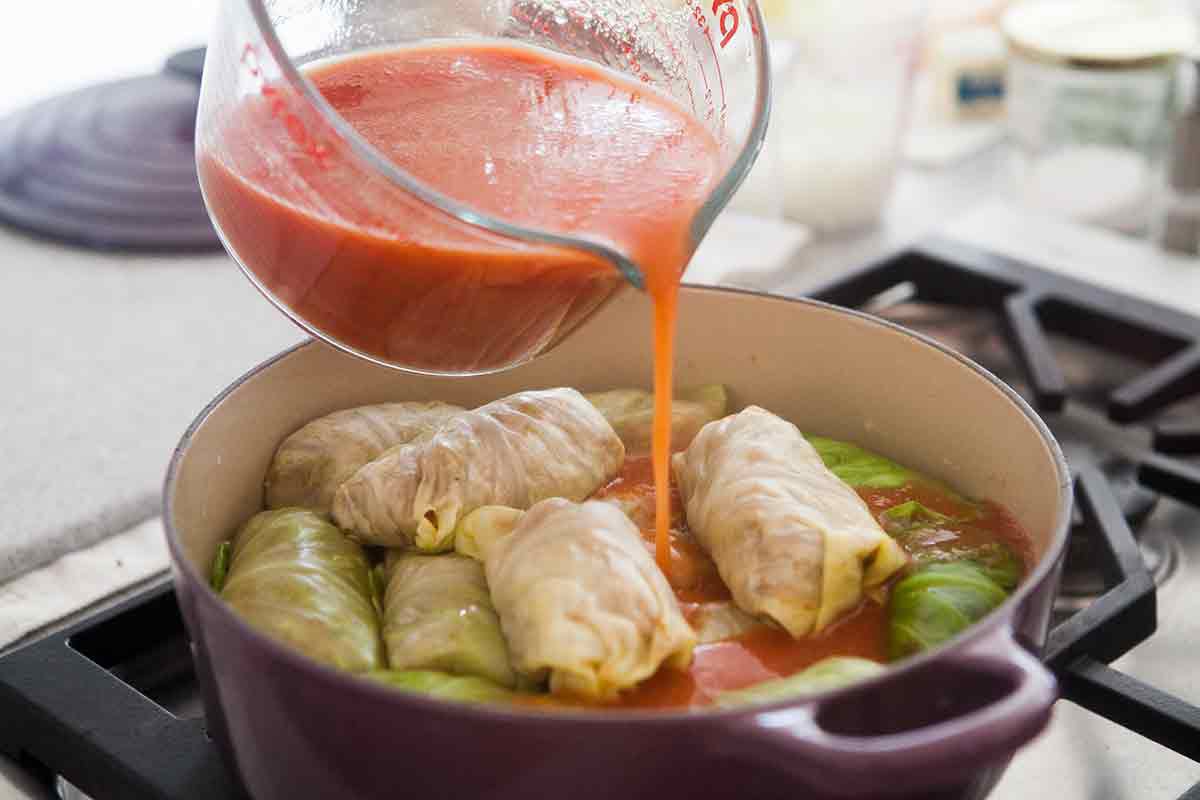
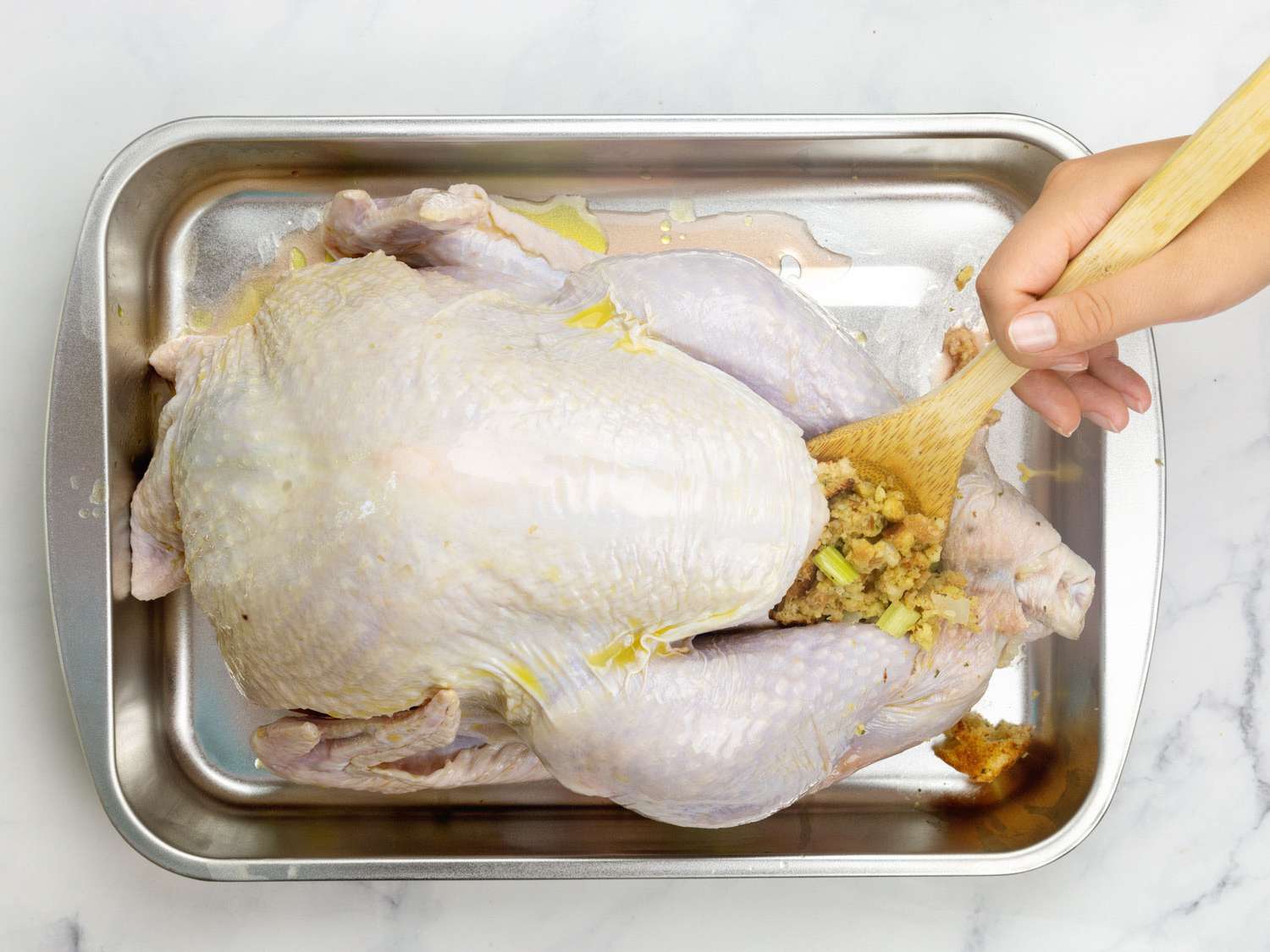
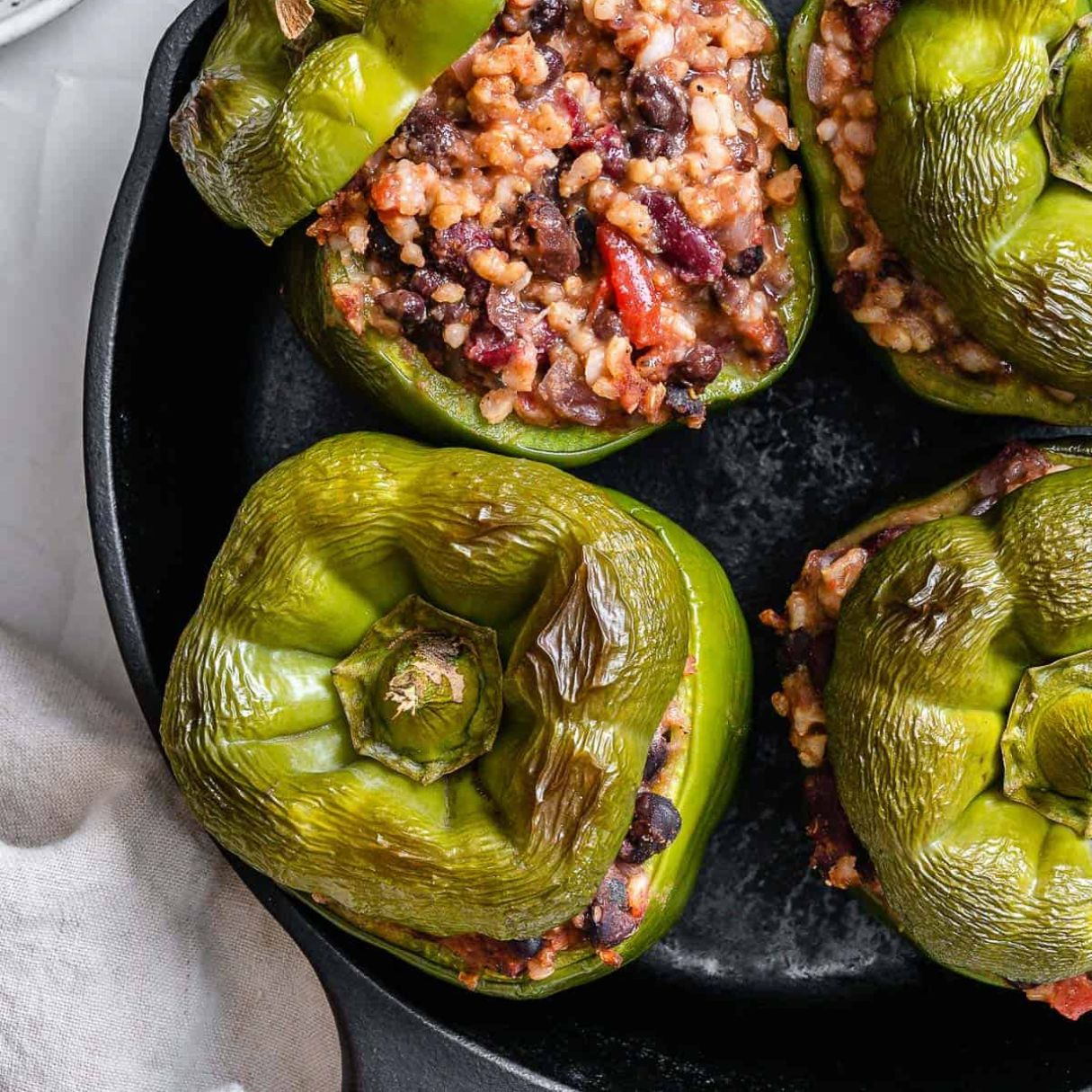
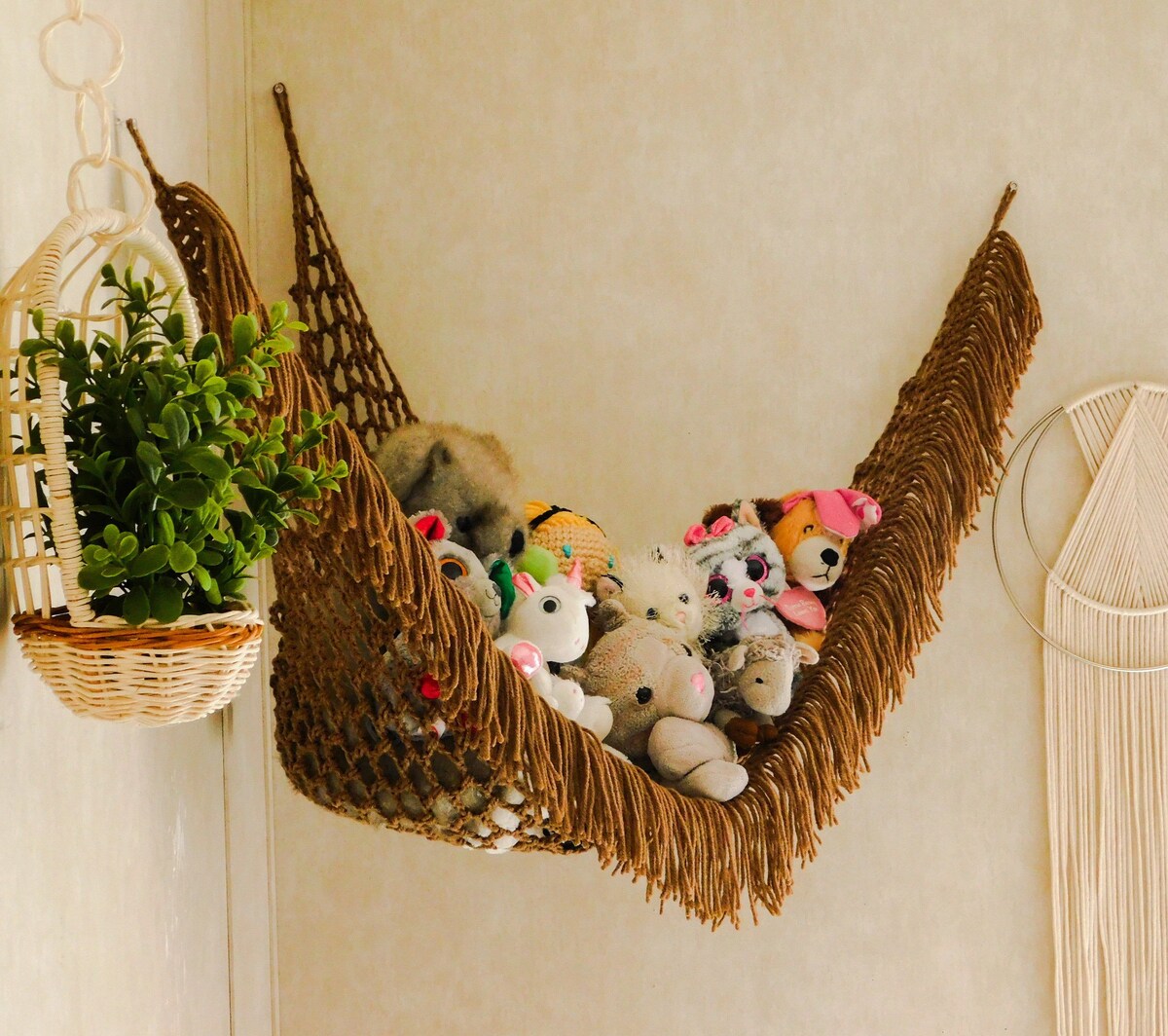
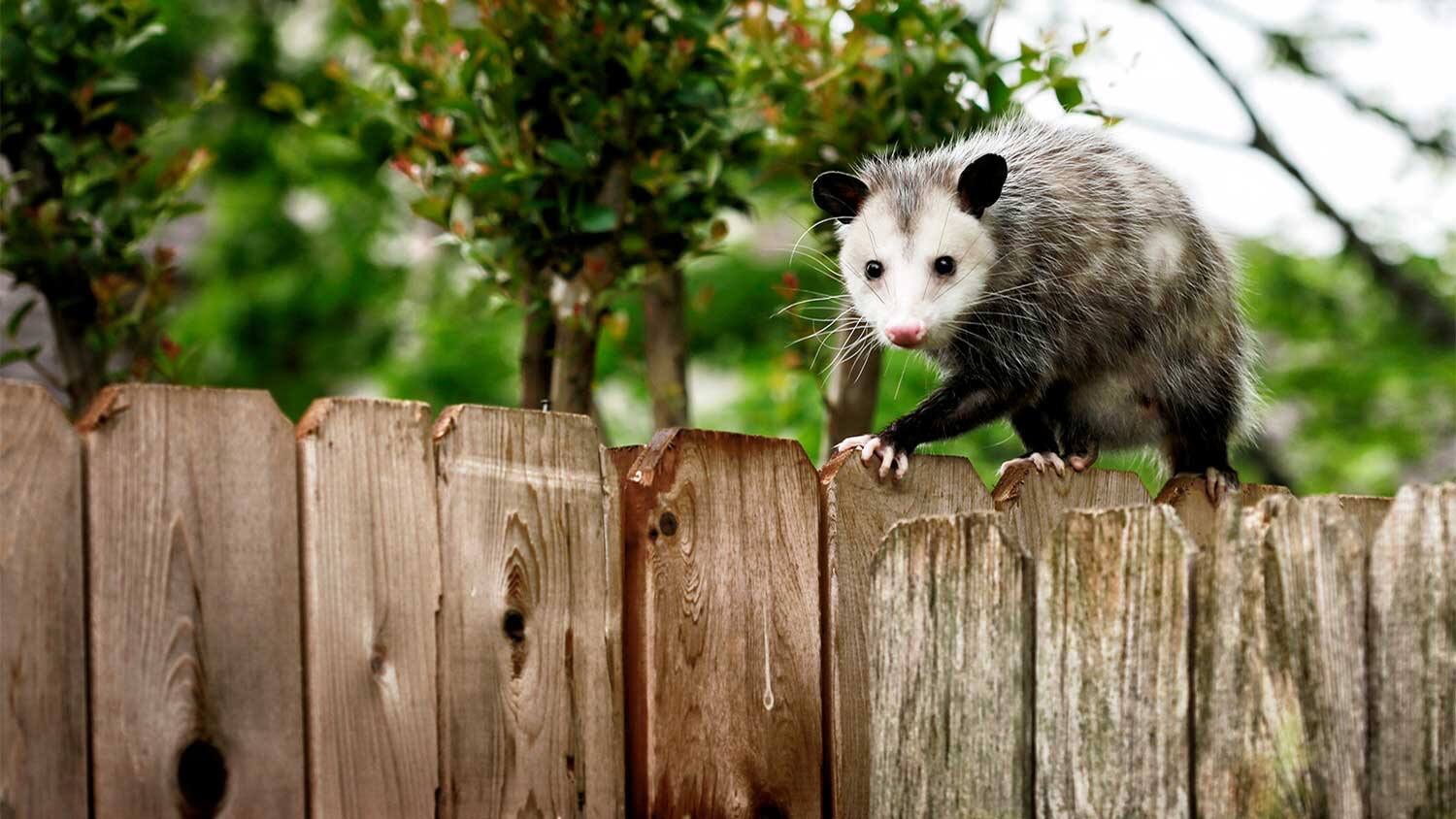
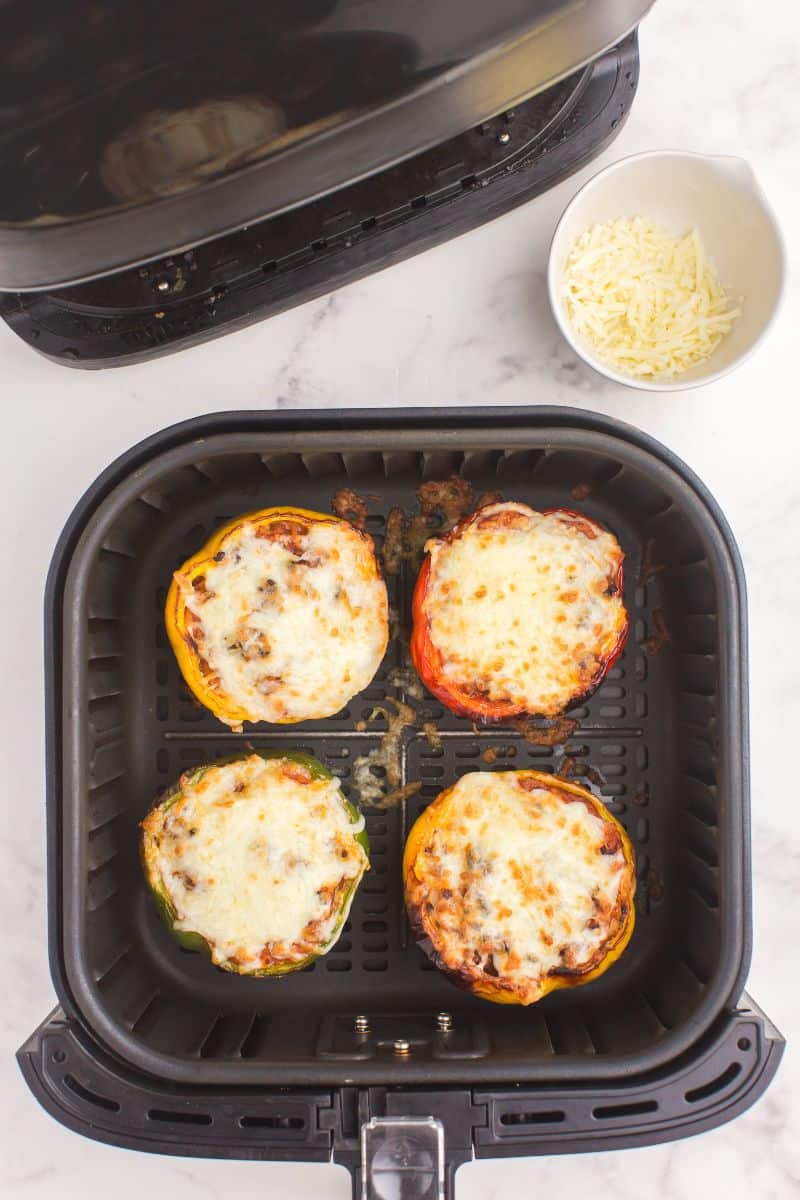

0 thoughts on “How To Store Stuffed Animals For Adults”